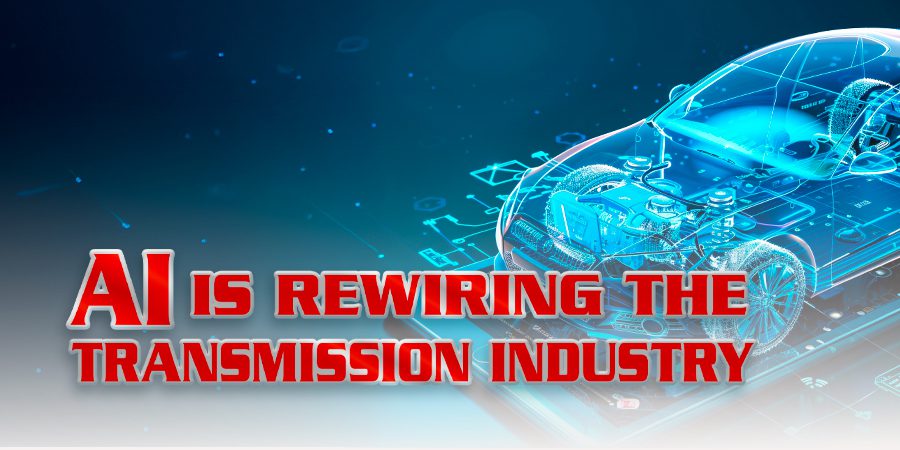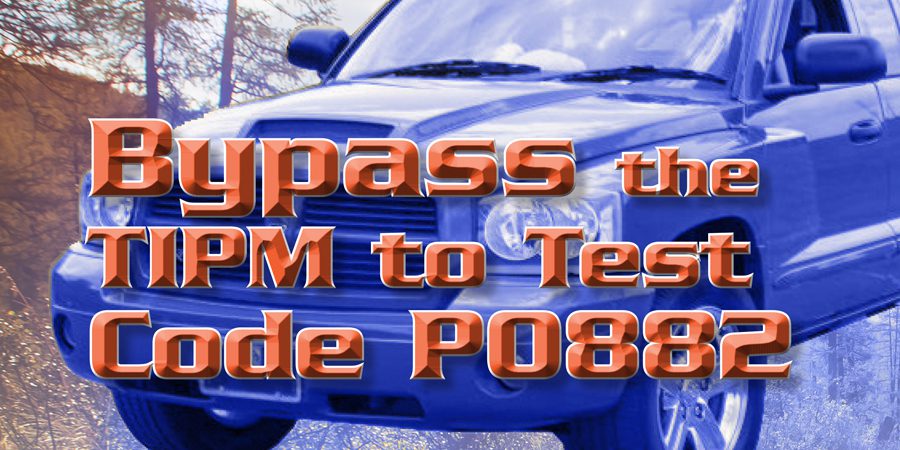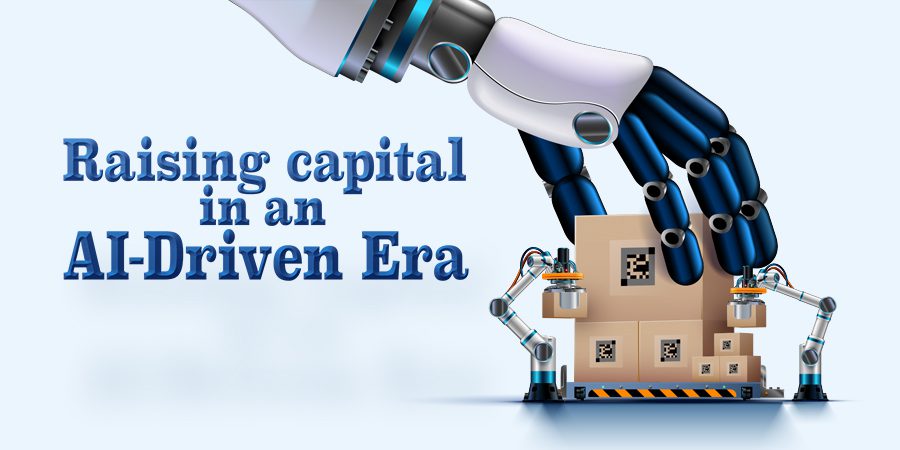AI has disrupted virtually every aspect of our world. It is not only creating new investment opportunities and disrupting traditional strategies, but it is also transforming the automotive landscape. It’s reshaping how vehicles shift, accelerate, and adapt to road conditions, and it’s reshaping how we do business. In the U.S. automotive transmission sector, AI is driving a quiet revolution, transforming traditional powertrain systems into intelligent, adaptive, and predictive components.
Smarter Shifting Through Machine Learning
Historically, transmission systems relied on mechanical linkages and fixed logic to manage gear shifts. Today, AI-powered transmissions use real-time data from sensors, GPS, and driver behavior to optimize gear changes dynamically. Machine learning algorithms analyze terrain, speed, torque demand, and traffic conditions to deliver smoother, more efficient shifting, enhancing performance, fuel economy, and component longevity.
According to the article “AI in the Automotive Industry” by Matthew Beecham and Amit Panday, published by S&P Global Mobility in July 2025, one of the most promising innovations is ZF’s TempAI system. This AI-driven thermal management tool boosts forecast accuracy by over 15% and unlocks up to 6% more peak power in electric powertrains, directly improving EV range and responsiveness. The authors emphasize that such systems are redefining how powertrain components interact under dynamic conditions.
AI in Electric Vehicle Transmissions
While most EVs use single-speed transmissions, rising performance demands are reviving interest in multispeed gearboxes. AI enables these systems to operate seamlessly, adjusting gear ratios based on driving style, battery state, and road conditions. This allows EVs to maintain optimal efficiency across varied terrains without sacrificing acceleration or range.
Beecham and Panday also highlight how AI enhances regenerative braking by coordinating motor deceleration with transmission behavior, maximizing energy recovery. This integration creates a more intelligent drivetrain that responds fluidly to both driver input and environmental factors, pushing EV performance closer to traditional combustion benchmarks.
Revolutionizing Manufacturing and Diagnostics
AI isn’t just transforming transmission hardware; it’s revolutionizing how it’s built and maintained. In manufacturing, AI-driven robotics and quality control systems detect micro-defects in gears and casings that human inspectors might miss. Predictive analytics flag potential failures before they occur, allowing manufacturers to intervene early and reduce warranty claims.
In the Forbes Technology Council article “Revving Up the Future: How AI Is Driving Innovation in the Automotive Industry” (July 2025), author Rajnish Nath explains how AI is reshaping diagnostics and service workflows. Vehicle telemetry now enables real-time monitoring of transmission health, allowing drivers and technicians to address issues proactively rather than reactively reducing downtime and improving customer satisfaction.
Supply Chain Optimization
Nath also discusses how AI is helping transmission suppliers navigate volatile supply chains. By analyzing market signals, production schedules, and inventory levels, AI-powered systems can forecast part shortages and recommend alternate sourcing strategies. This agility is especially critical as EV adoption accelerates and demand for specialized transmission components surges.
The Road Ahead
As AI continues to evolve, its role in the transmission industry will deepen. Expect fully adaptive gearboxes that learn from individual drivers, self-healing software that recalibrates shifting logic on the fly, and cloud-connected systems that update performance parameters remotely.
In short, AI is turning the transmission from a mechanical system into an active intelligence hub – one that not only moves the vehicle but thinks ahead. For U.S. automakers, repair shops, and suppliers, embracing this shift isn’t optional; it’s the new baseline for performance, efficiency, and innovation. It also presents unimaginable opportunities for expanding your service menu and adding new profit centers.
Edward Vela is an M&A Advisor and Financial Planner with 15 years of wealth management experience. He is not in the securities business and writes this column for educational purposes only. You can contact Edward at 925-300-8805.














